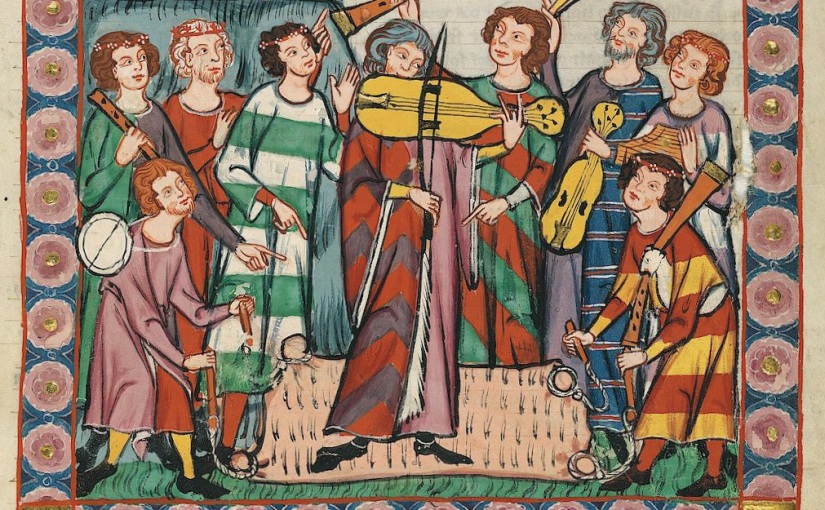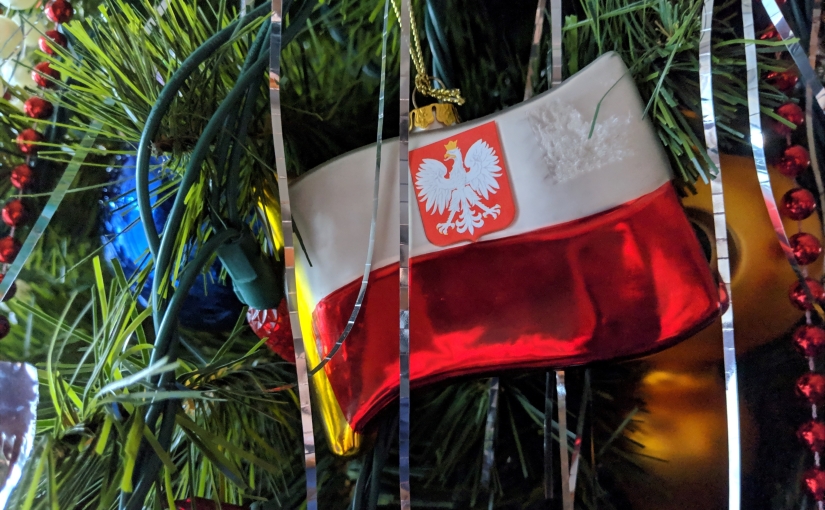Poland is more than one thousand years old, and its musical heritage goes back just as far. Although seldom recognized today, Poland’s earliest songs date to the medieval era and earlier.
At that time, Latin was the universal language in Europe, and the Catholic Church reigned supreme. As a result, most of the beautiful hymns from that era are religious in nature.
Below are a few of the oldest Polish hymns (embedded from YouTube), along with a brief description of each.
Gaude Mater Polonia (Rejoice, oh Mother Poland)
One of Poland’s most revered hymns, Gaude Mater Polonia was composed by Vincent of Kielcz in 1253 for the canonization of St. Stanislaw Szczepanowski, who had been martyred 200 years prior. Throughout the centuries, this hymn was sung at Polish coronations, royal weddings, and after victories in battle.
Bogurodzica (Mother of God)
This Polish religious hymn, dates to the thirteenth century. It is a prayer to the Blessed Virgin Mary and was most famously sung before the Battle of Grunwald in 1410, when the Poles fought and defeated the German Teutonic Knights. It was also played at coronation ceremonies during Poland’s Jagiellonian dynasty.
Breve Regnum (Brief Kingdom)
Composed in the 15th century, Breve Regnum was originally sung by Krakow’s students during a week of debauchery that occurred every October. Students would take over the streets, elect their own “king,” and partake in several festive activities similar to Carnival. The original hymn was sung in Latin, and the title appropriately translates to “brief kingdom.”
Oj Chmielu, Chmielu (Oh, Hops, Hops)
While the other songs on this list are religious, Oj Chmielu, Chmielu is the oldest known Polish folk song, dating to the pre-Christian era. It’s a wedding song performed during the custom of Oczepiny, where a young lady was symbolically transitioned into the married life.
It was sung for centuries in Polish villages and continues to be sung today in certain parts of Poland that have either held on to the old traditions or are trying to revive them.
Hac Festa die (This Feast Day)
The oldest-known text of this Polish-Latin hymn dates to around the year 1300, although it is believed to be older. Its verses describe the martyrdom of Poland’s patron saint, Adalbert of Prague, at the hands of the Prussians in 997 and the Poles’ purchase of his relics.
Pieśnią Na Narodziny Królewicza Kazimierza (Song For The Birth Of Prince Kazimierz)
This Latin hymn was written in the early 15th century by one of Poland’s most famous medieval composers, Mikołaj of Radom. As the title suggests, the piece was composed to commemorate the birth of Prince Kazimierz, the son of King Władysław Jagiełło.
Modlitwa, Gdy Dziatki Spać Idą (Prayer When Children Go to Sleep)
This hymn is written as a prayer to God for protection before bed. It was composed during the 16th century by Wacław of Szamotuł and is technically a Renaissance song as a result. The words are in Polish.
Of course, there are many more centuries-old songs from Poland, and I will be adding to this list as time goes on. In the meantime, comment what your favorites are below!


 Christmas Eve in Poland, known as Wigilia, has some very beautiful traditions. Breaking the Opłatek wafer, caroling, opening gifts, the midnight mass, or Pasterka–these are practices beloved by every Pole and person of Polish descent, including myself.
Christmas Eve in Poland, known as Wigilia, has some very beautiful traditions. Breaking the Opłatek wafer, caroling, opening gifts, the midnight mass, or Pasterka–these are practices beloved by every Pole and person of Polish descent, including myself.

 Everybody recognizes a Polish last name (surname). In fact, if it looks unpronounceable, it’s probably Polish. Kowalski, Młynarski, Brzęczyszczykiewicz…maybe yours is even crazier.
Everybody recognizes a Polish last name (surname). In fact, if it looks unpronounceable, it’s probably Polish. Kowalski, Młynarski, Brzęczyszczykiewicz…maybe yours is even crazier.


